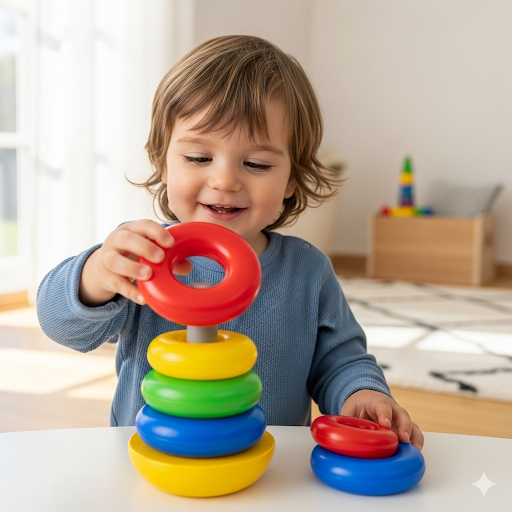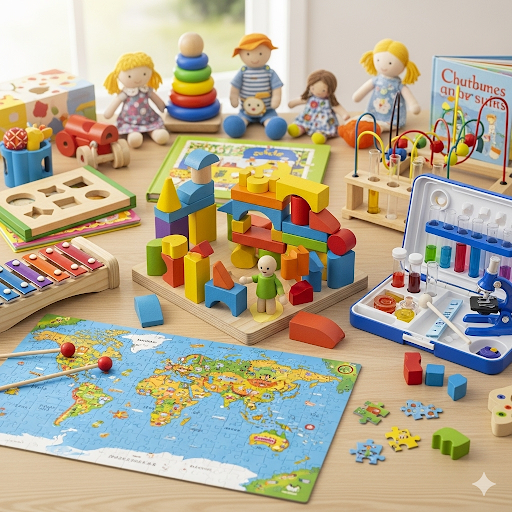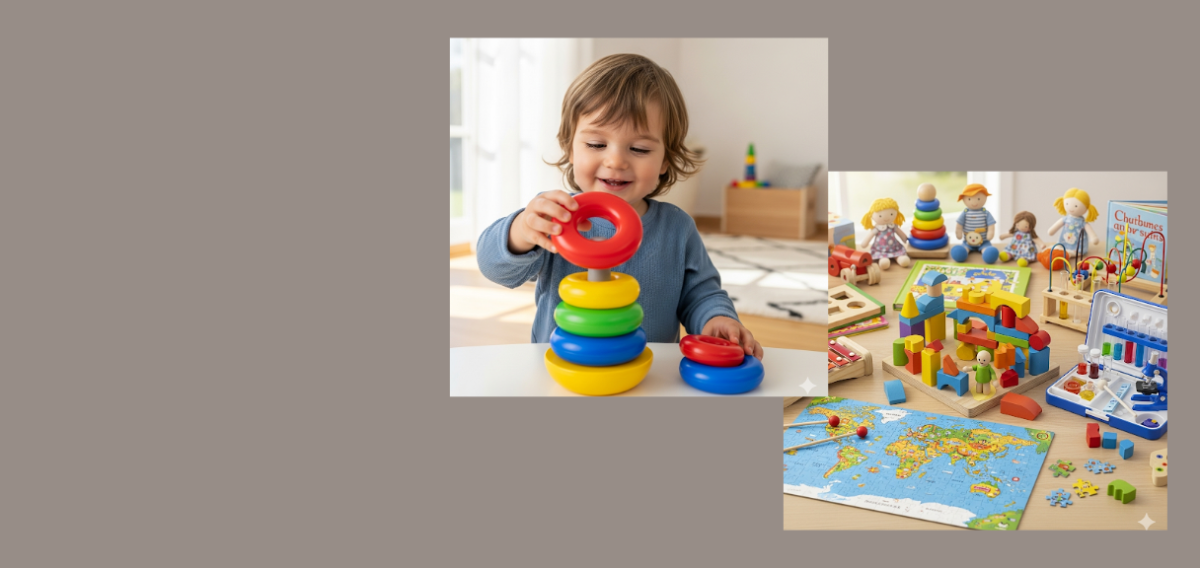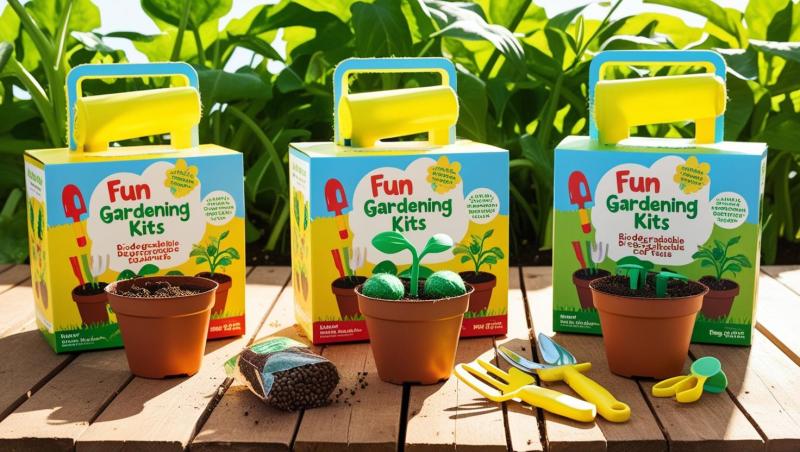Non-Violent Educational Toys: Building Brighter Futures
What Are Non-Violent Educational Toys?

Why Non-Violent Educational Toys Matter
Encouraging Safe, Positive Play
Safety is paramount in early childhood, both physically and emotionally. Toys that avoid themes of conflict are a low-risk choice: they’re designed without sharp edges or dangerous parts, are often made from child-safe materials, and promote empathy, teamwork, and problem-solving—not aggression.
Supporting Developmental Milestones
Non-violent educational toys stimulate multiple aspects of learning. Carefully designed for age-appropriate skills, they help children develop:
- Fine and gross motor skills
- Hand-eye coordination
- Language, literacy, and communication abilities
- Self-expression and self-regulation
- Social competence and empathy
Benefits for Child Development
Motor Skills & Physical Growth
Classic toys like blocks, stacking cups, and shape sorters require kids to reach, grasp, and manipulate objects, strengthening muscles and developing coordination. Larger items such as tricycles, balance bikes, and push-pull toys build gross motor skills, body awareness, and stamina.
Cognitive Skills
Non-violent educational toys engage children in reasoning, pattern recognition, and logic. Examples include puzzles, construction sets, brain teasers, and matching games—all designed to strengthen focus, creativity, and strategic thinking without competitive pressure. These toys encourage kids to problem-solve independently and expand their cognitive flexibility.

Social & Emotional Learning
Building Empathy and Communication
Role-play sets (playing shopkeeper, doctor, or firefighter), dress-up costumes, board games, and puppets introduce social scenarios that emphasize collaboration, compromise, and conversation. Kids learn to read social cues, develop self-identity, and cultivate friendships—all essential skills for future success and well-being.
Emotional Regulation
By solving puzzles, building together, or engaging in imaginative play, children learn to manage frustration, negotiate with peers, cope with setbacks (like losing a game), and celebrate achievements. These experiences build self-esteem, resilience, and self-control.
Auditory and Visual Learning
Auditory Learning Toys
Toys that offer engaging sound experiences—like musical instruments, singing plush characters, or activity centers—stimulate auditory processing and rhythm recognition. Rhyming games, phonics sets, and storytelling toys help children master language basics through listening and repetition.
Visual Learning Toys
Brightly colored blocks, matching cards, sequencing toys, and graphic art supplies foster discrimination skills, pattern recognition, and early math concepts. Puzzles and craft kits encourage kids to analyze visual cues and spatial relationships, a foundational skill for reading and science.
Popular Categories of Non-Violent Educational Toys
| Category | Examples | Skills Developed | Age Range |
|---|---|---|---|
| Building & Construction | Blocks, Lego, magnetic tiles | Spatial reasoning, fine motor, logic | 1–12 |
| Puzzles & Brain Games | Jigsaw puzzles, matching games, mazes | Problem-solving, visual learning | 2–12 |
| Arts & Crafts | Drawing kits, modeling clay, origami | Self-expression, creativity, focus | 3–12 |
| Musical Toys | Xylophones, keyboards, singing toys | Auditory skills, rhythm, memory | 1–10 |
| Pretend Play | Doctor kits, kitchen sets, costumes | Social-emotional learning, empathy | 3–8 |
| Science & Nature Kits | Bug tents, plant labs, science experiments | STEM concepts, curiosity | 5–12 |
| Board Games | Cooperative games, matching card games | Rule-following, teamwork | 4–12 |
Choosing the Right Non-Violent Educational Toys
When selecting educational toys for children, consider the following:
- Age Appropriateness: Age-graded toys match developmental levels and safety needs.
- Material Safety: Non-toxic, durable materials guard against injury and health risks.
- Engagement Factor: Open-ended toys with multiple parts boost concentration and invite creative play.
- Inclusivity: Toys that welcome collaboration, diversity, and empathy nurture healthy social development.
How Non-Violent Educational Toys Impact Families and Classrooms
Family Bonding
Practical Learning
Reducing Risks
Affordable and Accessible Options
Low-cost means more children can benefit, especially in group settings and classrooms. Parents can rely on tried-and-true toys to deliver strong educational value on a budget.
Future Trends in Non-Violent Educational Toys
The landscape for learning toys is expanding to include:
- Eco-friendly materials: Sustainable wood, recycled plastics, and organic fabrics provide a safer, greener choice.
- Inclusive designs: Toys representing diverse characters, abilities, and backgrounds help children build empathy and cultural awareness.
- STEAM learning: Interest-based kits inspire curiosity in science, technology, engineering, arts, and math, equipping kids for a knowledge-based world.
Conclusion
By focusing on toys that build skills, foster empathy, and avoid aggression, families and educators create supportive environments for the next generation—making learning joyful, affordable, and welcoming to all.



